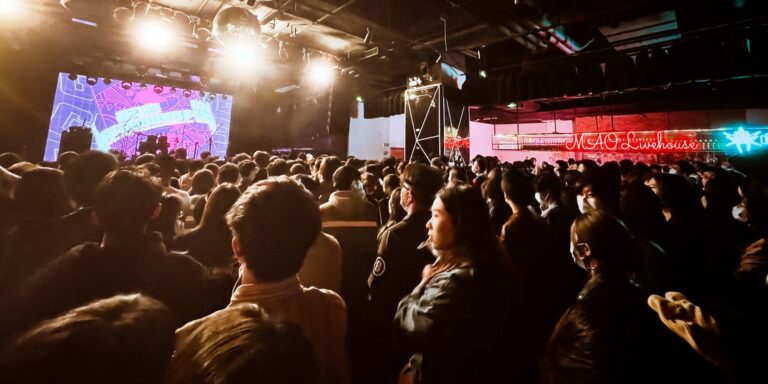On October 28, 2025, a major technology keynote by Nvidia Chief Executive Jensen Huang in Washington, D.C., signalled a new chapter in how music‑industry players may engage with advanced computing and artificial intelligence. The flagship event, part of Nvidia’s GTC 2025 conference, spotlighted agentic AI, robotics and accelerated computing platforms—technologies that are increasingly converging with music production tools, streaming platforms and immersive live‑performance ecosystems.
While the keynote was not specifically focused on music, its implications for the music‑tech landscape are significant. Attendees and industry observers noted that the accelerated computing architectures and AI frameworks introduced may enable real‑time generative visuals and audio workflows, which are becoming staples of live shows and digital music‑production pipelines. Historically, music tech has lagged some high‑performance computing developments; this event suggests that gap is narrowing. For example, advanced GPUs and AI models designed for robotics and data‑intensive tasks may be repurposed for generating music‑video content, automated mastering, and adaptive live visuals tied to performer inputs.
The keynote underscored an ecosystem shift: computations previously reserved for scientific simulation, autonomous systems or telecommunications are now entering creative‑industry workflows. Music‑tech firms and streaming services are paying closer attention. As one producer put it, “When the same platform that powers robotics starts appearing in our DAW (digital audio workstation), it signals a far bigger change than just software updates.” For labels, tech companies and creative‑workspace providers, this means that core infrastructure decisions—hardware, AI frameworks, real‑time compute—are taking on new strategic importance.
The timing matters. The music industry is in transition: live performances are experimenting with augmented‑reality visuals, algorithmic composition is becoming more accepted, and streaming‑platform economics are pushing for differentiated content. In that context, the tech announcement arrives at a moment when creative workflows must scale, become more interactive, and integrate richer media. The convergence of AI, advanced compute and music‑tech thus enhances the possibility of new formats—such as immersive concerts rendered in real time, personalized soundtracks generated on the fly, or integrated audio‑visual experiences streaming globally.
Still, industry insiders caution that adoption will not be automatic. Creative professionals emphasise the need for tools that remain accessible, scalable and artist‑centric. Performance and visuals are only as compelling as the user experience and creative vision. Even with infrastructure leaps, the challenge remains translating raw compute power into meaningful outcome for musicians, producers and audiences.
Nonetheless, the event held on October 28 may well mark another milestone in how technology firms and the music‑business world converge. As hardware and AI become more embedded in creative workflows, the boundary between engineering and artistry is shifting. For music professionals and tech strategists alike, the message is clear: staying at the forefront of music innovation increasingly means staying at the forefront of compute infrastructure and AI architecture.


